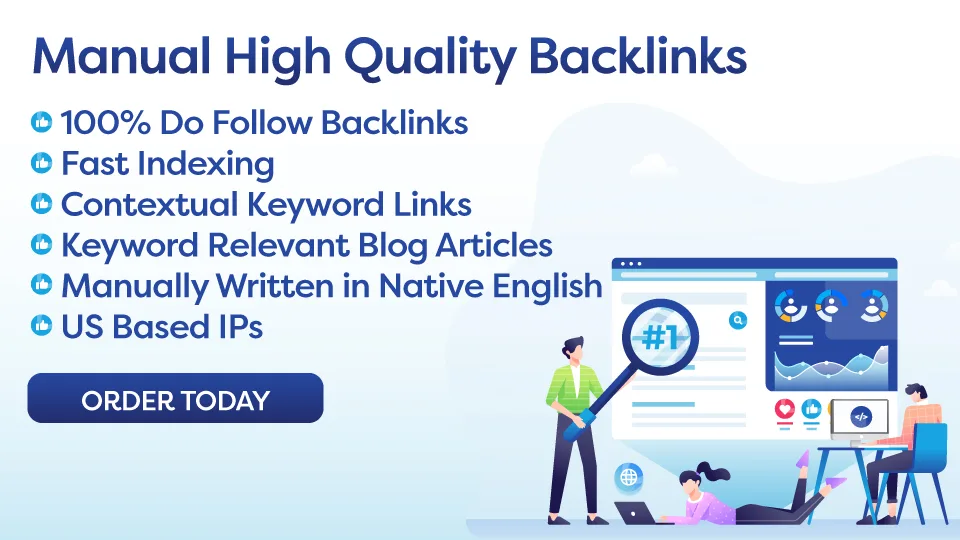Image optimization is essential for improving website SEO. Choosing the right file format and size, optimizing image names and alt text, and using image sitemaps are key strategies. Responsive images enhance user experience. Monitoring and analyzing image performance is crucial for SEO improvement. Properly optimized images can enhance website visibility on search engines like Google. Images play a vital role in capturing user attention and improving user experience. By optimizing images with relevant keywords and metadata, you can drive more traffic to your website. Compressing image files and choosing the appropriate file format are essential for SEO optimization.
Keywords: Image optimization for SEO
Excerpt: Image optimization is crucial for improving your website’s SEO. Learn how to optimize your images to drive more traffic and improve your online visibility.
Introduction:
As a small business owner, you understand the importance of having a strong online presence to attract customers. However, many businesses overlook the importance of image optimization for SEO. Did you know that properly optimized images can significantly improve your website’s visibility on search engines like Google? In this article, we will explore the key strategies for optimizing images to enhance your SEO efforts and drive more organic traffic to your website.
Key Takeaways:
1. Understanding the importance of image optimization for SEO
2. Choosing the right file format and size for images
3. Optimizing image file names and alt text for SEO
4. Utilizing image sitemaps to improve visibility on search engines
5. Implementing responsive images for better user experience
6. Monitoring and analyzing image performance for SEO improvement
Key Takeaways:
1. Understanding the importance of image optimization for SEO
– Why are images important for SEO?
– The impact of properly optimized images on search engine rankings
In today’s digital landscape, visual content plays a crucial role in capturing the attention of online users. Images not only enhance the overall aesthetics of your website but also contribute to a better user experience. From product photos to infographics, the images you use on your website can directly impact your search engine rankings. By optimizing your images for SEO, you can improve your website’s visibility on search engine results pages (SERPs) and attract more organic traffic.
When users perform a search on Google or other search engines, they often click on images that appear in the search results. By optimizing your images with relevant keywords and metadata, you can increase the chances of your images being displayed on the first page of search results. This can drive more traffic to your website and help you reach a larger audience of potential customers.
2. Choosing the right file format and size for images
– Which file formats are best for image optimization?
– How can image size impact website loading speed and SEO?
Before uploading images to your website, it’s essential to choose the right file format and size for optimal SEO performance. JPEG and PNG are the two most common file formats used for web images, with JPEG being ideal for photographs and PNG for graphics with transparency. When it comes to image size, larger images can slow down your website’s loading speed, negatively impacting user experience and SEO rankings.
To optimize your images for SEO, you should compress them to reduce file size without sacrificing quality. Tools like Adobe Photoshop, TinyPNG, and ImageOptim can help you resize and compress images for faster loading times. By reducing image file sizes, you can improve your website’s performance and provide a smoother browsing experience for your visitors.
Action Plan:
1. Audit your website’s images to identify any large or uncompressed files.
2. Use image compression tools to optimize your images for SEO.
3. Choose the appropriate file format for each image based on the content type.
Conclusion:
In conclusion, image optimization is a critical aspect of SEO that can significantly impact your website’s visibility and performance on search engines. By understanding the best practices for optimizing images, you can improve your online presence and attract more organic traffic to your website. Remember to choose the right file format and size, optimize image file names and alt text, and implement responsive images for better user experience. By following these strategies, you can enhance your SEO efforts and achieve better results in the competitive online marketplace.
FAQ:
Q: How do I optimize images for SEO?
A: To optimize images for SEO, you should choose the right file format and size, optimize image file names and alt text, use image sitemaps, implement responsive images, and monitor performance.
Q: Why are images important for SEO?
A: Images help enhance user experience and capture the attention of online users. Optimized images can improve website visibility on search engines and drive more organic traffic.

